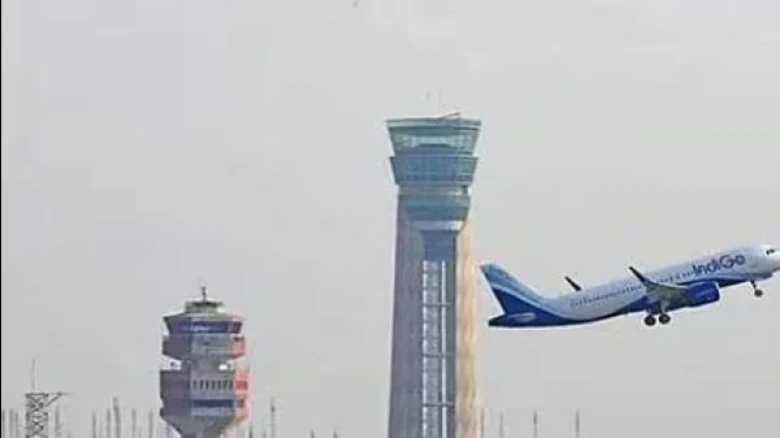Regional

...will improve safety, lessen carbon footprint, shorten flying distances, and provide aeroplanes with more fuel-efficient flight routes...
Digital Desk: India is preparing a significant move to streamline air traffic management from Nagpur, which has a unique central location in the nation, and unite its four Flight Information Regions (FIRs) in Delhi, Mumbai, Kolkata, and Chennai into one continuous airspace in Nagpur.
It is anticipated that this action will improve safety, lessen carbon footprint, shorten flying distances, and provide aeroplanes with more fuel-efficient flight routes.
According to officials, the Airports Authority of India (AAI), which oversees Indian airspace, has requested a detailed project report (DPR) to examine the technology required and accessible in the nation for deploying ISHAN.
The country would benefit immensely from the unification of FIRs. A harmonised ATM is advantageous for all parties involved. This is because, according to an AAI official, it will lessen air traffic controllers' workload in addition to improving safety, and reducing pollution, fuel, and time, said officials.
“If this plan is implemented, the air traffic controllers of every area control would not be required to coordinate for domestic flights flying above 25,000 ft (flights in the upper airspace) as they would all be handled by Air traffic controllers (ATCOs) in Nagpur. The ATCOs in every region or airport would then only work to guide the flights approaching or taking off from an airport until it enters the upper space which is referred to as ‘Area control’ in aviation parlance,” an AAI official said as quoted by Hindustan Times.
India began requiring automated dependent surveillance-broadcast, or ADS-B, transponders for contemporary aircraft operating on most routes in 2018. These aircraft have transponders installed, which allow for continuous transmission of the aircraft's identification, location, altitude, and velocity, improving surveillance.
There's been a significant change in Indian air traffic control recently. Air traffic controllers are able to more efficiently use airspace starting, when the lateral gap between two aircraft is cut in half from 10 nautical miles (18.5 km) to 5 nautical miles, thanks to a major boost in monitoring capabilities by the Airport Authority of India (AAI), the Economic Times reports.
AAI, which has made significant investments in updating navigation radars and technology in recent years, is in charge of regulating navigation across Indian airspace.
In 2018, India approved advanced transponders, known as automated dependent surveillance-broadcast (ADS-B), for aircraft operating on the majority of routes. These aircraft are equipped with transponders that continuously transmit the aircraft's identification, location, altitude, and velocity, allowing for greater observation.
Leave A Comment